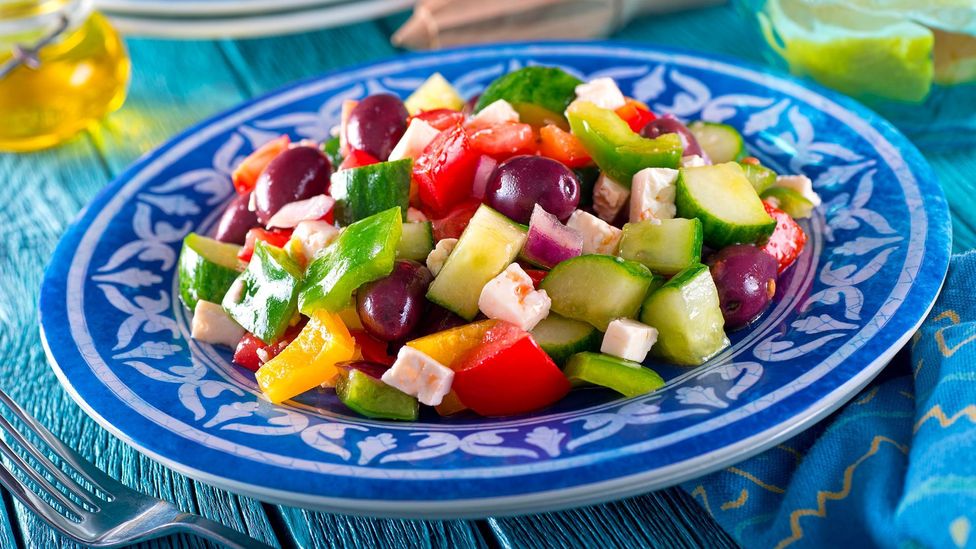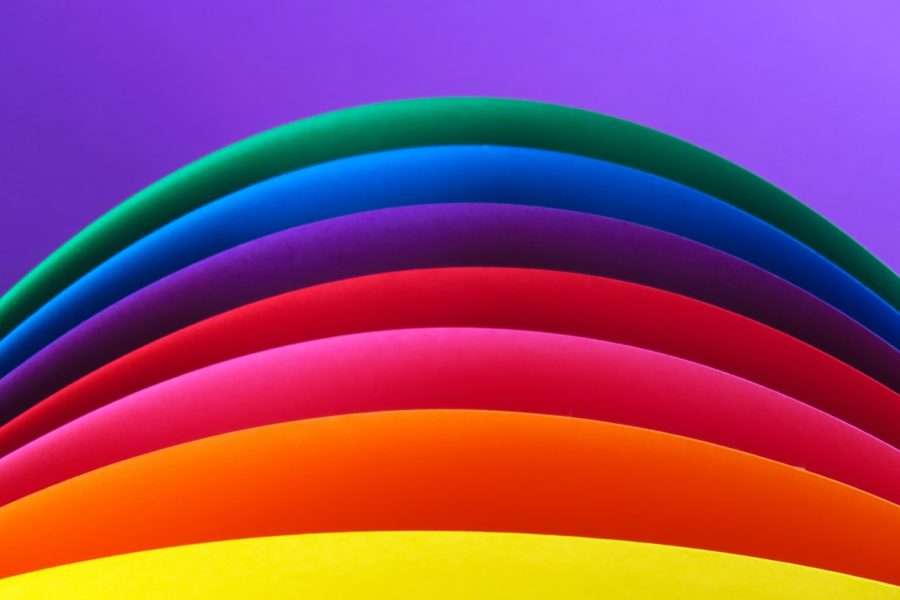Colorful food-
Eating all the colors of the rainbow can help boost brain health and reduce the risk of heart disease.
The following written content by Jessica Brown

Most of us are faced with the same choice numerous times a day: what to eat. Along with price, accessibility and preference, we’ll often use a food’s healthfulness to help us make a decision.
But when we zoom out to inspect our overall diets, how do we know we’re getting the nutrients we need?
It’s widely accepted by researchers that we need a varied diet, and that one way to do this is by eating all the colours of the rainbow. But is colour the best guide to getting all the nutrients we need?
The proof may be in the Mediterranean diet, which contains a lot of fruit, vegetables and healthy fats such as extra virgin olive oil, and is frequently rated the healthiest diet by scientists.
It’s no coincidence that the diet is packed with different colours, says Francesco Sofi, associate professor of clinical nutrition at the University of Florence.

“Eating a traditional Mediterranean diet means you consume different nutrients and phytonutrients,” he says. Phytonutrients are small chemical compounds produced by plants that help us to digest larger nutrients and also play a role in removing toxins from our bodies.
“However, the diet doesn’t always contain every colour – it depends on the season, as followers of the diet eat seasonally and locally, and grow their own fruit and vegetables.”
Really, he adds, the colours are no different to other vegetable-based diets, such as the vegetarian diet. There are also other reasons the Mediterranean diet is among the healthiest. Mediterranean populations traditionally boil, rather than fry, their vegetables, which preserves nutrients, Sofi says.
But the diet’s abundance of fruit and vegetables can’t be ignored. The health benefits of a diet rich in fruit and vegetables on our brain and heart are among the most consistent findings within nutrition science, says Deanna Minich, functional nutritionist and adjunct faculty at the University of Western States in Portland, Oregon.
Eating lots of colours may lower your risk of missing out on all vital nutrients.
“If we’re missing a colour of the rainbow, we may be missing a function of that food,” says Minich.
This is because plant foods contain thousands of natural compounds called phytonutrients, including carotenoids and flavonoids, which have anti-inflammatory benefits. And different coloured plants come with different benefits.
Subscribe here
Blue and purple foods, including blueberries, have a high content of the plant pigment anthocyanin, which has been linked to lowering the risk of heart disease and type two diabetes. Flavones, which give foods a yellow colour, may reduce the risk of heart disease.
“Certain plant pigments travel to certain parts of the body and take residency there,” Minich says. “For example, lutein is found in a variety of yellow and green foods, and travels to the macula at the back of the eye, where it may help reduce the risk of macular degeneration.”
Some studies show flavonoids may improve brain health, by blocking neurotoxicity in the brain, which is associated with Alzheimer’s disease.
After following the diets of 50,000 people for more than 20 years, Tian-shin Yeh, research fellow in epidemiology at Harvard TH Chan School of Public Health, found that those who eat more flavonoid-rich foods, including oranges, peppers, celery and grapefruit, have lower levels of cognitive decline and dementia.
While there’s currently no cure for dementia and cognitive impairment in later life, Yeh says, eating more flavonoid-rich foods can help to lower the risk. However, participants who saw the most benefits were those who’d consistently been eating a flavonoid-rich diet for 20 years.
It’s never too late to incorporate these foods into your diet and benefit from flavonoids, Yeh says.
Eating a colourful diet, Yeh says, can also help people avoid possible adverse effects of eating too much of one food. Read more from BBC.





